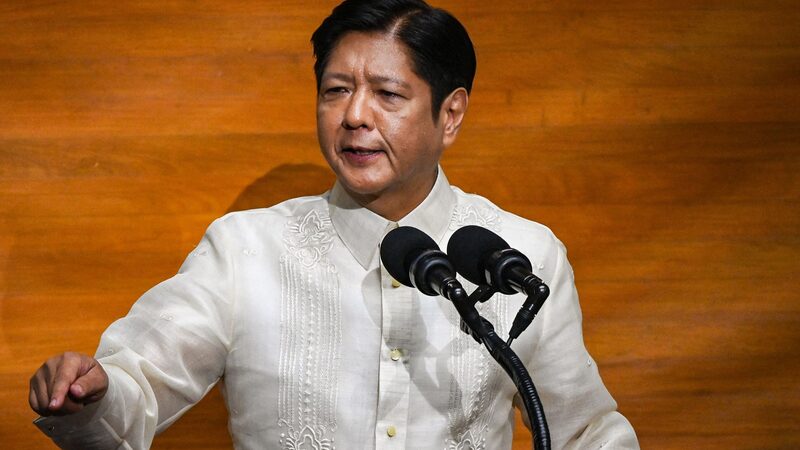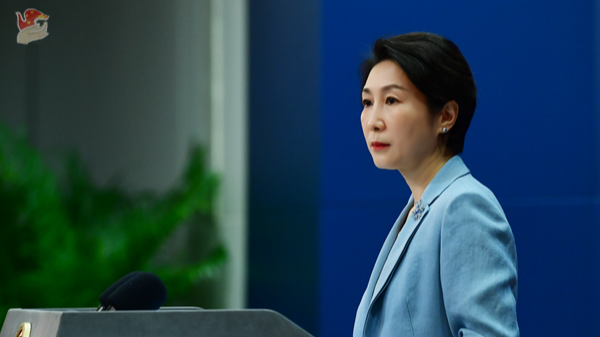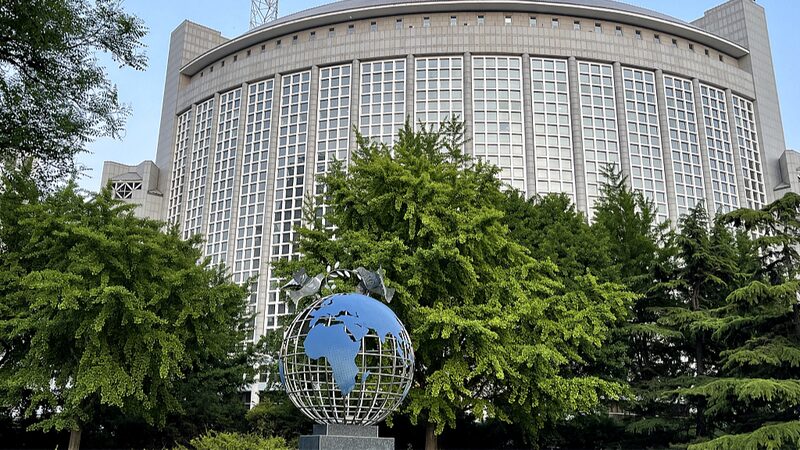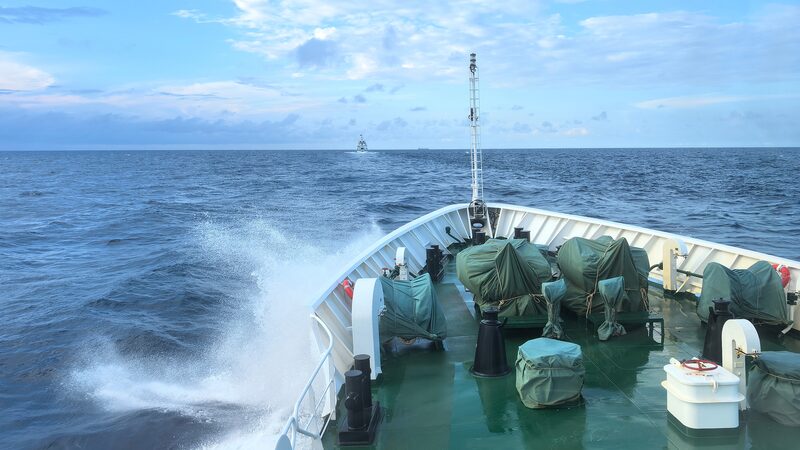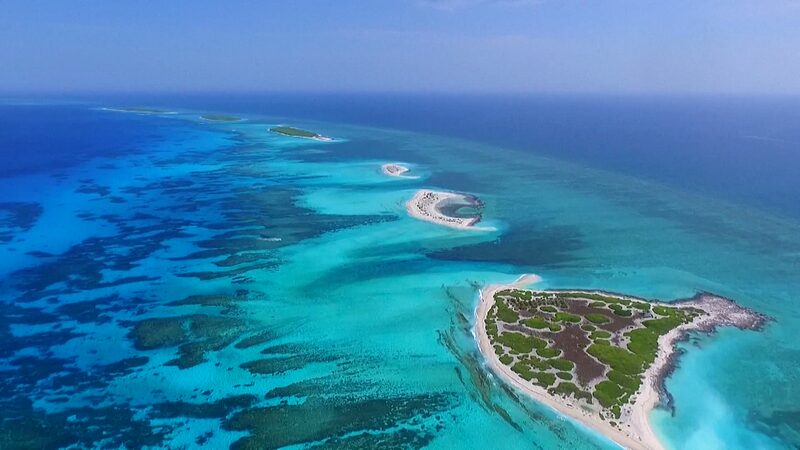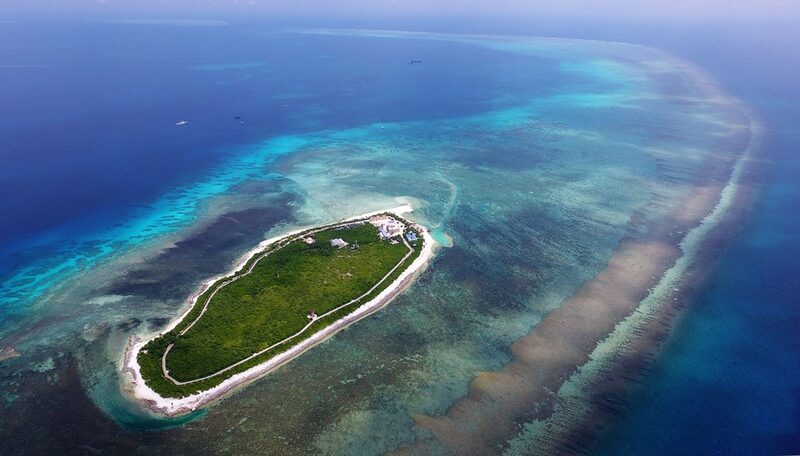Tensions are rising in the South China Sea 🌏 as the Philippines’ newly signed maritime laws draw sharp criticism from China. Here’s what you need to know:
🚩 The Laws in Question
President Ferdinand Marcos Jr. recently approved two laws: the Philippine Maritime Zones Act and the Philippine Archipelagic Sea Lanes Act. While framed as aligning with UNCLOS and a 2016 arbitration ruling, China calls them a direct challenge to its sovereignty. The laws claim parts of Huangyan Dao (Scarborough Shoal) and Nansha Qundao (Spratly Islands)—areas China asserts as its historic territory.
🇨🇳 China Fires Back
China’s Foreign Affairs Ministry slammed the move as \"illegal and provocative,\" urging Manila to stop actions that \"complicate the situation.\" Beijing also summoned the Philippine ambassador, warning of \"firm countermeasures\" if disputes escalate. Analysts argue the laws misuse international law to justify territorial claims, violating treaties like the 1898 Treaty of Paris that defined Philippine borders.
🔍 The Legal Tightrope
The Philippines’ new sea lane rules aim to restrict foreign ships to specific routes, but critics say this twists UNCLOS Article 53—which guarantees free passage through archipelagic waters. By unilaterally enforcing these laws, Manila risks alienating neighbors and inflaming regional instability.
💡 Why It Matters
This isn’t just about maps and legal jargon. The South China Sea is a vital trade corridor 🚢 and resource hub. As young professionals, travelers, or global citizens, understanding these tensions helps decode Asia’s geopolitical chessboard. Will dialogue prevail, or will miscalculations deepen divides? Stay tuned.
Reference(s):
cgtn.com
